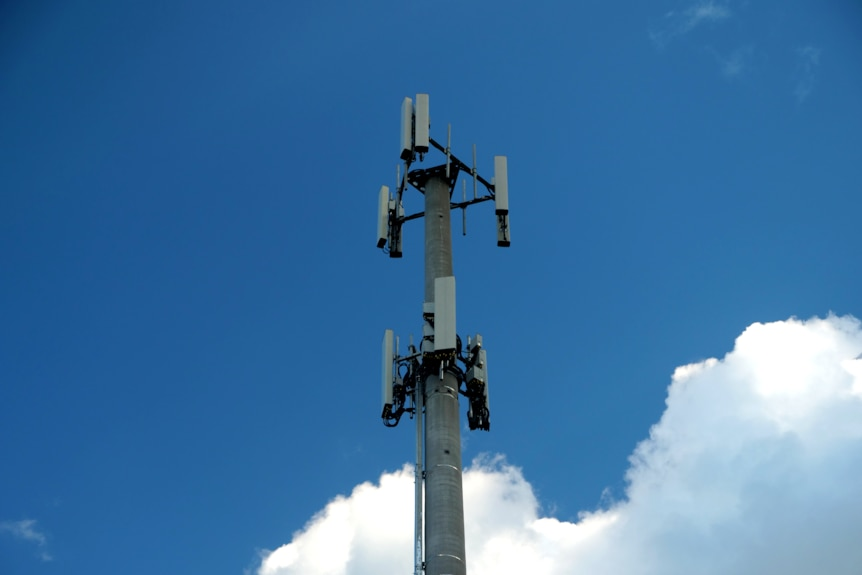- In short:Telstra is delaying the closure of its 3G network until August 31 amid concerns about the number of Australians who could be blocked from making emergency calls.
- The plan to switch off the 20-year-old network was announced in 2019 to allow mobile carriers to boost capacity and data speeds for 4G and 5G technologies.
- What’s next:Telstra customers who need to upgrade their handset will soon hear a short voice message when they make an outgoing call to remind them to act.
Telstra is delaying its 3G closure amid concerns hundreds of thousands Australians could be blocked from making emergency calls once the 20-year-old network has been switched off.
The telco was due to shut down the network on June 30 but will postpone the closure until August 31 to give Australians more time to upgrade their handsets.
“We’ve decided to extend [the deadline] by two months, mainly due to feedback from customers that some of them need more time to upgrade,” Telstra networks executive Channa Seneviratne told the ABC.
Fresh figures reveal more than 200,000 Telstra customers are still using 3G-only mobile phones that will no longer work when the network is switched off, or a subset of older 4G phones that could also be caught out in the shutdown.
This subset of 4G handsets is of greatest concern because they’re configured to default to the 3G network for triple-0 calls, meaning owners may not realise until they’re in an emergency.
Mr Seneviratne said some of these phones had been purchased overseas or on the grey market.
Last month, the federal government warned about a million Australians – on the Telstra, Optus and TPG networks – could be affected but according to Communications Minister Michelle Rowland, that figure has now fallen to about 400,000.
“After the switchover, these devices will appear to operate as normal and Australians may only realise there is an issue with the device when they can least afford it,” the minister said in a statement.
“The government welcomes Telstra’s decision to delay its planned 3G switchover.
“Ensuring that more Australians have visibility and an understanding of the 3G switchover is critical to managing it in a safer way.”
The government has set up a working group, comprising Telstra, Optus, TPG, and the Australian Mobile Telecommunications Association (AMTA) to report fortnightly to the minister and ensure a “safer” 3G shutdown.

The mobile base station at Spencer, a suburb of the Central Coast of NSW. (ABC Central Coast: Sofie Wainwright)
Shadow Communications Minister David Coleman has blamed the delay on Ms Rowland’s “hapless handling” of the 3G shutdown.
“The minister only set up her ‘Working Group’ in March. If the minister had acted professionally and expeditiously, there would have been ample time to deal with this issue prior to 3G shutdown,” he said in a statement.
The plan to switch off the 3G network was announced in 2019 to allow mobile carriers to boost capacity and data speeds for 4G and 5G technologies.
Telstra, Optus which is due to shut down its 3G network in September, and TPG, which closed its network in December, have been actively preparing the public and urging customers to upgrade their 3G-only devices to 4G or 5G.
Telstra has scaled up its communications, launching a simple service that customers can use to determine whether their device will be affected: SMS 3 to 3498.
Of the 80,000 customers who have used the instant handset compatibility checker, only 10 per cent have been advised they need to upgrade their devices.
Those who still need to upgrade their handset will soon hear a short voice message when making an outgoing call, reminding them to act.
The 3G shutdown will mainly affect Australians living in rural and regional areas where phone and internet coverage is more limited.
But Mr Seneviratne said Telstra had made an “absolute commitment” not to shut down its 3G network until it could guarantee equivalent coverage from 4G.
“We are on track to have that 4G equivalence completed by the end of June,” he said.
“We are 99 per cent complete.”
The closures could also affect a range of devices, including medical alarms, and EFTPOS machines.
Credit: ABC National Reporter – Jane Norman
